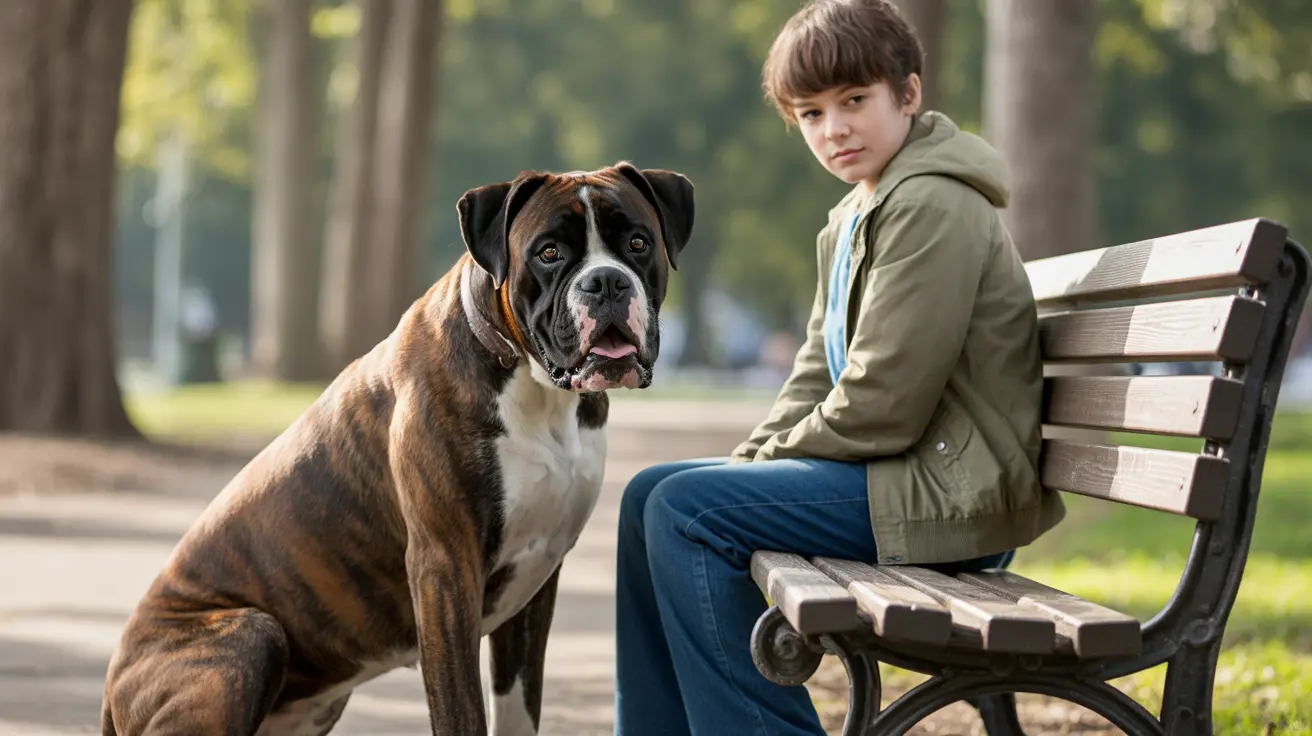Hypothyroidism in dogs is a common endocrine disorder that affects countless pets across the United States. This condition occurs when a dog's thyroid gland fails to produce adequate amounts of essential hormones, leading to various health issues that can significantly impact their quality of life.
While this condition can be concerning for pet owners, understanding its causes, recognizing its symptoms, and knowing the available treatment options can help ensure your furry friend receives proper care. Let's explore everything you need to know about managing hypothyroidism in dogs.
Common Causes and Risk Factors
The primary cause of hypothyroidism in dogs is typically the destruction or shrinkage of the thyroid gland. This damage often results from an autoimmune condition called lymphocytic thyroiditis, where the body's immune system attacks the thyroid tissue. In some cases, idiopathic atrophy (unexplained shrinkage) of the thyroid gland can also lead to this condition.
Certain breeds are more susceptible to developing hypothyroidism, particularly medium to large dogs such as:
- Golden Retrievers
- Labrador Retrievers
- Doberman Pinschers
- Irish Setters
- Dachshunds
- Boxers
- Cocker Spaniels
Recognizing the Signs and Symptoms
Dogs with hypothyroidism typically display a range of symptoms that develop gradually over time. The most common signs include:
Metabolic Changes
- Weight gain without increased appetite
- Lethargy and decreased energy levels
- Intolerance to cold temperatures
Skin and Coat Issues
- Dry, dull, or thinning fur
- Excessive shedding
- Slow hair regrowth after grooming
- Dark pigmentation of the skin
- Recurring skin infections
Behavioral and Physical Changes
- Mental dullness
- Reduced activity levels
- Irregular heat cycles in females
- Muscle weakness or loss
- Slow heart rate
Diagnosis Process
Veterinarians diagnose hypothyroidism through a combination of clinical examination and blood tests. The initial screening typically involves measuring total thyroxine (TT4) levels, but additional tests may be necessary for a definitive diagnosis.
Your vet might recommend a complete thyroid panel, which includes:
- Free T4 measurement
- Thyroid-stimulating hormone (TSH) levels
- Additional blood work to rule out other conditions
Treatment and Management
The good news is that hypothyroidism in dogs is highly manageable with proper medical care. Treatment typically involves:
Medication
Daily synthetic thyroid hormone replacement (levothyroxine) is the standard treatment. Your veterinarian will determine the appropriate dosage based on your dog's size and condition severity.
Monitoring
Regular blood tests are essential to ensure proper hormone levels and adjust medication as needed. Initially, these checks may be more frequent until the optimal dosage is established.
Lifestyle Adjustments
While no special diet is required, maintaining a healthy weight through proper nutrition and regular exercise is important for managing the condition.
Long-term Prognosis
With proper treatment and monitoring, dogs with hypothyroidism can lead normal, healthy lives. Most symptoms begin to improve within a few weeks of starting medication, though some changes, particularly those affecting the skin and coat, may take several months to resolve completely.
Frequently Asked Questions
What are the most common signs and symptoms of hypothyroidism in dogs?
The most common symptoms include weight gain without increased appetite, lethargy, mental dullness, cold intolerance, dry or thinning coat, excessive shedding, and recurring skin infections.
How is hypothyroidism diagnosed in dogs, and what tests are involved?
Diagnosis involves a combination of clinical examination and blood tests, including measurement of thyroid hormones (TT4 and free T4) and thyroid-stimulating hormone (TSH). Additional blood work may be needed to rule out other conditions.
What causes hypothyroidism in dogs, and which breeds are most at risk?
Hypothyroidism is primarily caused by autoimmune destruction of the thyroid gland or idiopathic atrophy. Medium to large breeds like Golden Retrievers, Labrador Retrievers, and Doberman Pinschers are most at risk, especially between ages 4-10.
How is hypothyroidism in dogs treated, and what does lifelong management involve?
Treatment involves daily administration of synthetic thyroid hormone (levothyroxine) and regular veterinary monitoring to adjust dosage as needed. Management includes maintaining proper medication schedules and regular check-ups.
Can hypothyroidism in dogs affect their skin and coat, and how long does it take to see improvement after treatment?
Yes, hypothyroidism commonly causes skin and coat problems, including dryness, thinning, and excessive shedding. While some symptoms improve within weeks of starting treatment, skin and coat changes may take several months to fully resolve.






